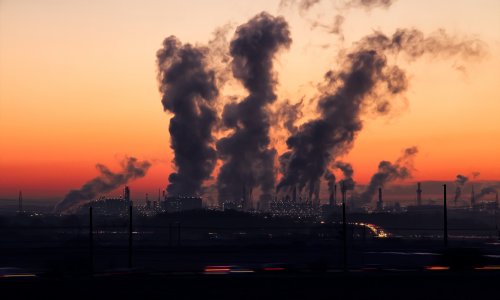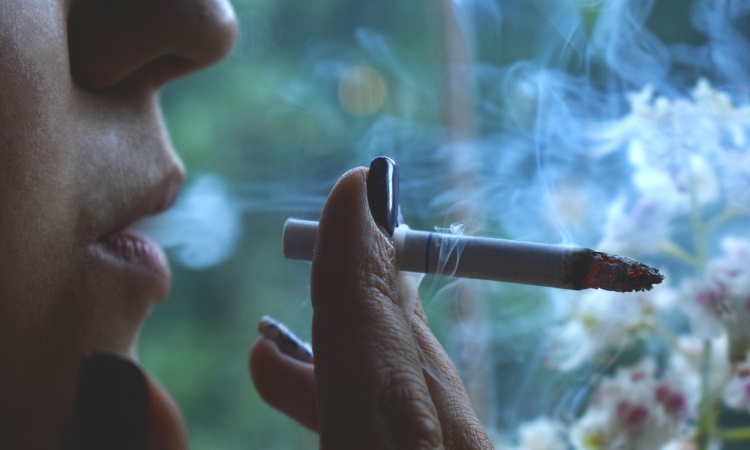News • Air pollution with a bang
The health impact of festival fireworks
Fireworks associated with festival celebrations such as Australia Day, China’s Lunar New Year and Fourth of July, in the USA, may have a significant impact on the health of vulnerable people, a new study reveals.
Image source: Unsplash/David Boca
Using fireworks during these celebrations generates anthropogenic source of air pollutants with significant impacts on local air quality, creating up to eight times the average of particulate matter (PM) concentration in the environment during and immediately after the event. Concentrations generally return to background levels within 24 hours. In the short-term, exposure to fireworks-related PM can lead to a worsening of respiratory illnesses, including asthma. PM and gases emitted from fireworks also trigger cardiovascular diseases and reduces lung function.
While sources of particulate matter such as power plants and vehicles are of concern, events with fireworks and bonfires can increase ambient PM levels and lead to short-term adverse effects on air quality, visibility, and human health
Ajit Singh
PM is among the top global environmental health concerns and nearly three million people died from exposure to PM2.5 in 2017. Children, elderly people and those with pre-existing health conditions are particularly vulnerable to health effects associated with exposure to firework related emissions.
Researchers from the University of Birmingham and the Health Effects Institute, Boston, USA, published their findings in Atmospheric Research.
Report author Dr. Ajit Singh, from the University of Birmingham, said: “While sources of particulate matter such as power plants and vehicles are of concern, events with fireworks and bonfires can increase ambient PM levels and lead to short-term adverse effects on air quality, visibility, and human health.”

Image source: Unsplash/Spenser Sembrat
The researchers found that fireworks displays combined with certain weather conditions influence the extent of people’s exposure to PM. Many firework-related festivals and events - take place during autumn and winter when temperatures and wind speeds are typically low. This timing can encourage the build-up of pollution through low boundary layer heights and low horizontal dispersion. When used at ground level, people can also get directly exposed to metallic fumes released from handheld fire-crackers, such as sparklers.
Co-author Professor Francis Pope, from the University of Birmingham, said “The high loading of PM generated by combustion of fireworks can lead to visibility loss up to 10–92%. However, fireworks events are held at different times of the year, that’s to say in different seasons. Due to prevalent meteorological conditions, it can be difficult to make generalisations regarding underlying atmospheric processes that cause visibility reduction.”
The researchers drew a number of conclusions – creating a ‘toolkit’ for suggestions and future research – after studying available research and evidence in the field, including:
- Air quality alerts ahead of fireworks events could help ensure that exposure is minimized, especially for vulnerable people.
- Field measurements of firework events should aim to collect data before, during and after the event and detailed meteorological data should also be collected.
- Global satellite measurements during firework events could help to understand variations in pollutant concentrations related to firework events.
- Future studies should focus on characterization of health effects associated with acute exposure to air pollutants during fireworks events.
- Further analysis on toxicity of fireworks-related particles could also help to improve understanding of the health impacts
- Studies to understand the impact of the policy on air quality during fireworks events will help to regulate fireworks-related emissions.
Source: University of Birmingham
25.01.2020











